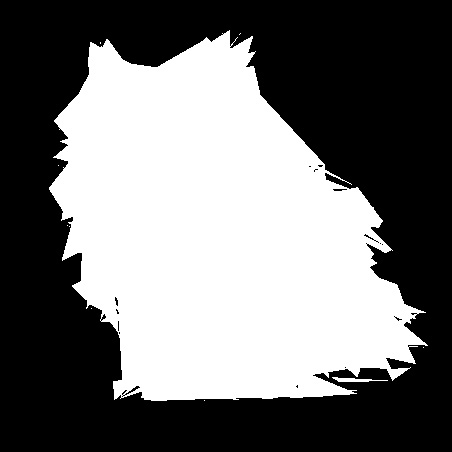Hi, I’m Jorge Amengol, a fresh graduate student of the Game Development - Advanced Programming course at Fanshawe College, Canada. I started this series of posts to register my own progress throughout the program and also serve as a reference for me on important subjects in the future. Though it is a personal record, you might find the subjects discussed here useful. Feel free to make comments at the end of each post.
A silly bunny
Today we got to draw something different than a simple rotating triangle. We draw a rotating bunny! It didn’t even looked like a bunny though, just a random number of lines from points to points that I suppose were once vertices of the bunny model, but it is very hard to tell:

Well, that bunny is not so thrilling at all, but we really made some progress to get to display it. First, the model is being loaded from a PLY file. In other words, we are now able to load any geometry from an external file, and this bunny has 948 triangles, way more than we had before. Second, we had the change to explore more about how the Graphics pipeline works. It is very interesting indeed, but still I think we just scratching the surface of how it works. It seems pretty complicated with all that stages. Let’s hope it will get clearer further in the course.
Not a silly bunny

Another interesting thing of today’s class was also get to know that the Stanford Bunny had really a great contribution for the development of Computer Graphics. It, among other models at the Stanford 3D Repository, has been used to test graphics algorithms. So, this bunny has history and that is why we see it and the others Stanford Models all over computer Graphics Books. It is good to know where they come from!
Jorge Amengol.